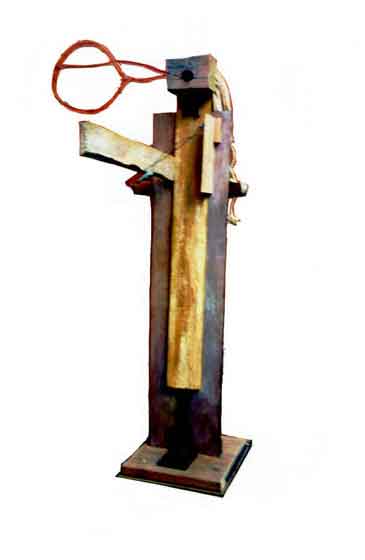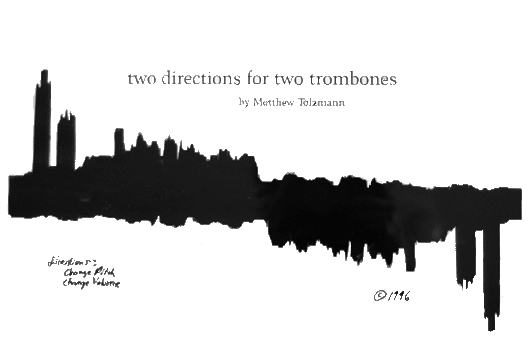| Back to Timothy |
Owen was a teacher. He often said, "Teaching is constant waiting
for something breathtaking to happen." He was a great trombone player,
too. The movement of the instrument's parts was mysterious to Owen. He
often watched his grandfather play his trombone and admired how the metal
fit so perfectly that it was possible to alter the sound with. It felt
magical. He loved the control over the brass and the interaction with the
instrument and other instrumentalists. Owen liked to improvise. Once, something
breathtaking happened. Two of his students developed a project called “Two
Directions for Two Trombones” to be played together. It was music
visualization; the students created an interactive visualization by playing
their trombones. Instead of notes, the score looked like a city skyline.
The students photoshopped the image (this phrase, "to photoshop something” always
thrilled Owen; it seemed to have an ancient power, such as alchemy, and
sounded pagan to him) along with the transformed copy of it, so that it
was flipped upside-down like a reflection. A scanned, transformed, and
mirrored silhouette of the downtown served as inspiration for the two players.
The project was called, “Two Directions for Two Trombones.” The
outline of the image served as a guide for music improvisation while following
the two directions and changing pitch and volume of music.


